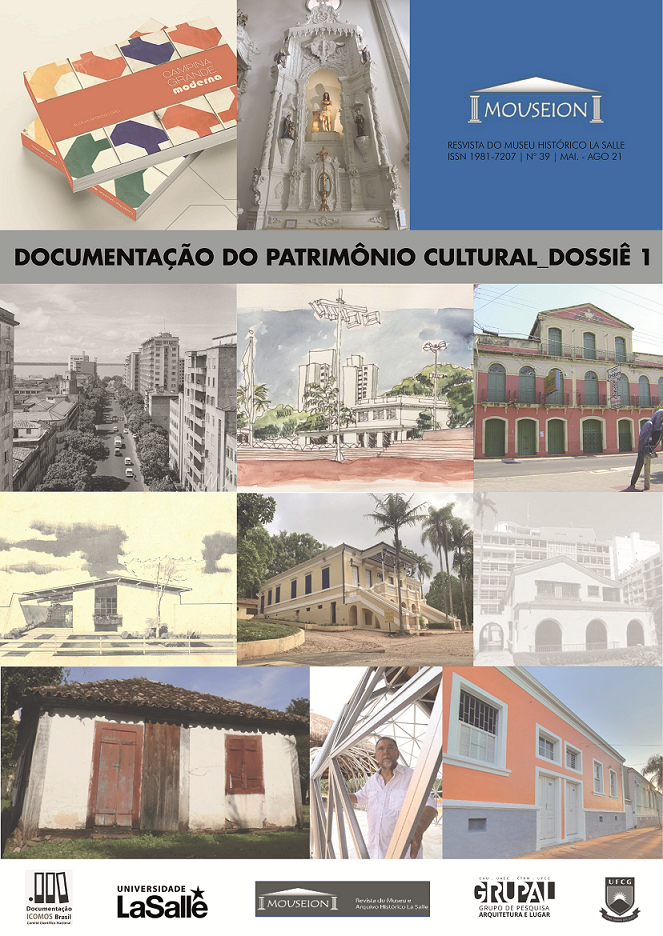Interactive Museums as a Strategy for Conservation of Built Heritage: The Case of Paço do Frevo, Recife/PE
DOI:
https://doi.org/10.18316/mouseion.v0i39.9074Keywords:
Museification, Built Heritage, Cultural Heritage, Interactive MuseumsAbstract
This article points out the results of a course conclusion work whose analysis of architectural design influences the construction of ambience in interactive museums. For this study, its development corresponds to a qualitative study, the result of an interdisciplinary approach related to the development of themes focused on the construction of the visitor experience, as well as the museification strategy for the conservation of the built heritage. From this perspective, we sought to understand how the elements that make up these environments make it possible, with the help of interactivity, to promote immersive and multisensory experiences for users. For this, a theoretical and methodological basis analyzed beyond the architectural space, but using environmental psychology (user versus environment). Methodologically, to discuss an example, the Paço do Frevo located in Recife was chosen, based on regional and use adaptation criteria. Therefore, after advancing in understanding the experience and the factors that influence it, we present an example of how the built heritage can be conserved from this type of proposal reversal.Downloads
Published
2021-11-04
Issue
Section
Dossiê
License
Authors must submit their manuscripts to be published in this journal agree with the following terms:
Authors maintain the copy rights and concede to the journal the right of first publication, with the paper simultaneously licensed under the License Creative Commons attribution that permits the sharing of the paper with recognition of authorship and initial publication in this journal.
Since the articles are presented in this journal of public access, they are of free use, with their own attributions for educational and non-commercial purposes.


